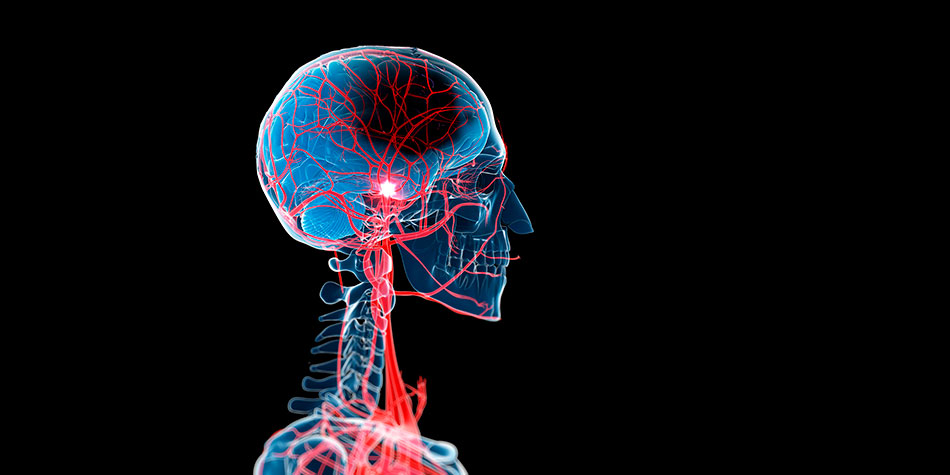What you need to know about Brain Aneurysm Repair
Contents
- 1 What you need to know about Brain Aneurysm Repair
- 2 What Does the Procedure Involve?
- 3 How Long Should You Stay in the Area?
- 4 How Long is the Recovery Time?
- 5 What Aftercare Should You Consider?
- 6 What is the Success Rate for a Brain Aneurysm Repair?
- 7 Are there Alternatives to Brain Aneurysm Repair?
- 8 What Should You Expect Before and After the Procedure?
Brain aneurysm repair is a surgical procedure performed to treat a blood vessel in your brain that is at risk of tearing or rupturing. A brain aneurysm happens when the wall of a blood vessel becomes thin and balloons out. If left untreated, the condition can be dangerous and lead to brain damage and a stroke.
What Does the Procedure Involve?
There are several methods to perform brain aneurysm repair depending on the shape, size, and location of the aneurysm. These methods are clipping and endovascular repair, both are performed under general anesthetic. With clipping, your surgeon makes an incision in your scalp, creates a small hole in your skull, then put a tiny metal clip at the base of the aneurysm to stop it from rupturing. With endovascular repair, your surgeon makes an incision in your groin to insert a tiny wire into the artery that leads to the aneurysm, then a catheter follows the wire and your surgeon uses the catheter to install thin metal wires into the aneurysm to prevent it from rupturing
How Long Should You Stay in the Area?
You will need to stay in the hospital for several days after surgery, but you should aim to stay in the local area for at least 14 more days after you are discharged from the hospital. During your stay, you will need to rest as much as possible to let your body heal and attend follow-up hospital checkups.
How Long is the Recovery Time?
The complete recovery period until you can get back to your normal routine (including work, intense exercise, and other strenuous activities) may take 3 to 6 weeks, but some people feel tired for up to 12 weeks. It is highly advisable to talk to your doctor about your recovery timeline.
What Aftercare Should You Consider?
Your doctor will give you instructions on caring for yourself at home. You may need to make some lifestyle changes, such as stop smoking, reduce your high blood pressure, eat a healthy diet, limit your alcohol intake, maintain a healthy weight, exercise regularly, and cut down on caffeine. You may also need to schedule a follow-up appointment with your local doctor to check on your progress.
What is the Success Rate for a Brain Aneurysm Repair?
Brain aneurysm repair is known to be an effective procedure since it is a brain surgery, it does have significant side effects and risks, such as blood clots, brain swelling, infection, confusion, behavior changes because of neurological injury, seizures, stroke, speech problems, vision problems, weakness, and allergic reactions to the anesthetic. However, in most cases, the risk of not undergoing the procedure significantly outweighs the risk associated with the procedure.
Are there Alternatives to Brain Aneurysm Repair?
The alternatives for brain aneurysm repair are flow diverters, medication, and lifestyle changes. Make sure to talk to your doctor about the most suitable treatment for your specific case.
What Should You Expect Before and After the Procedure?
A brain aneurysm can complicate and lead to brain damage and stroke. After successful brain aneurysm repair, your aneurysm will not become larger or break open and you can get back to your normal life.
For an in-depth analysis of a Brain Aneurysm Repair Procedure, watch this short video.
To check prices or to book a Brain Aneurysm Repair Procedure in Thailand or anywhere else in the world, head on over to MyMediTravel now!

